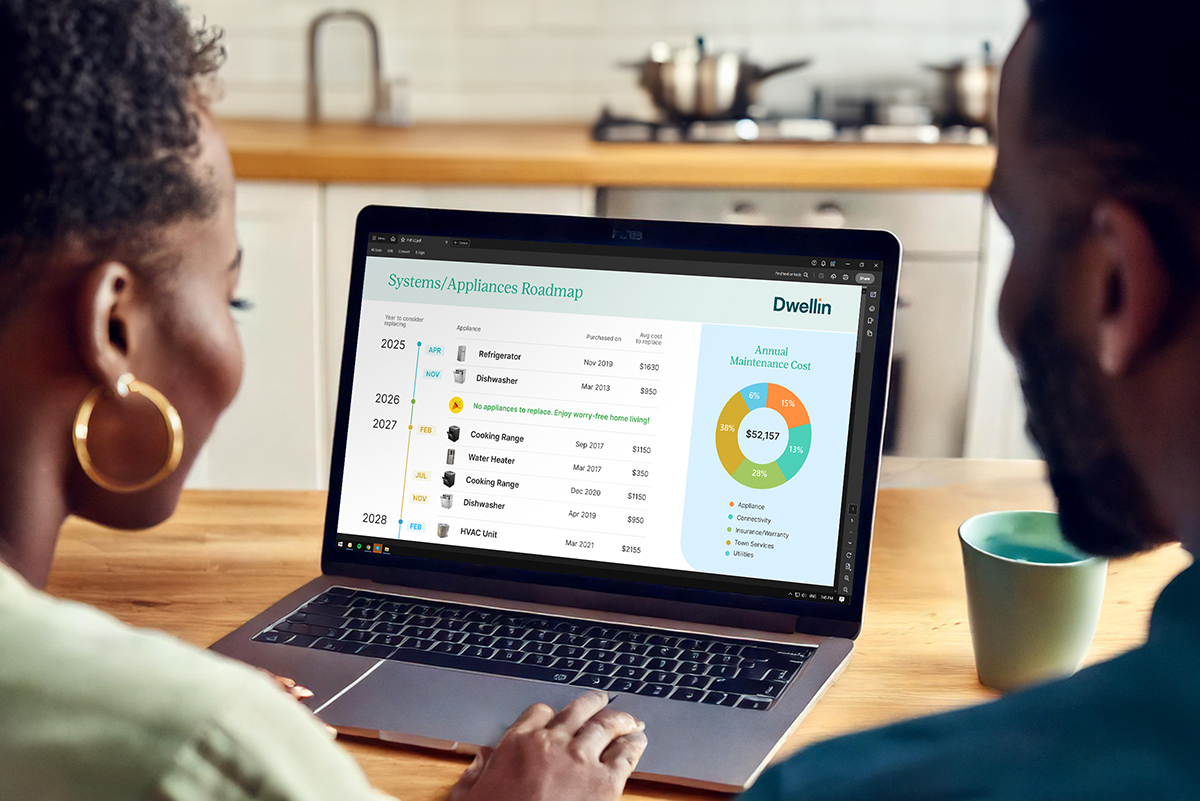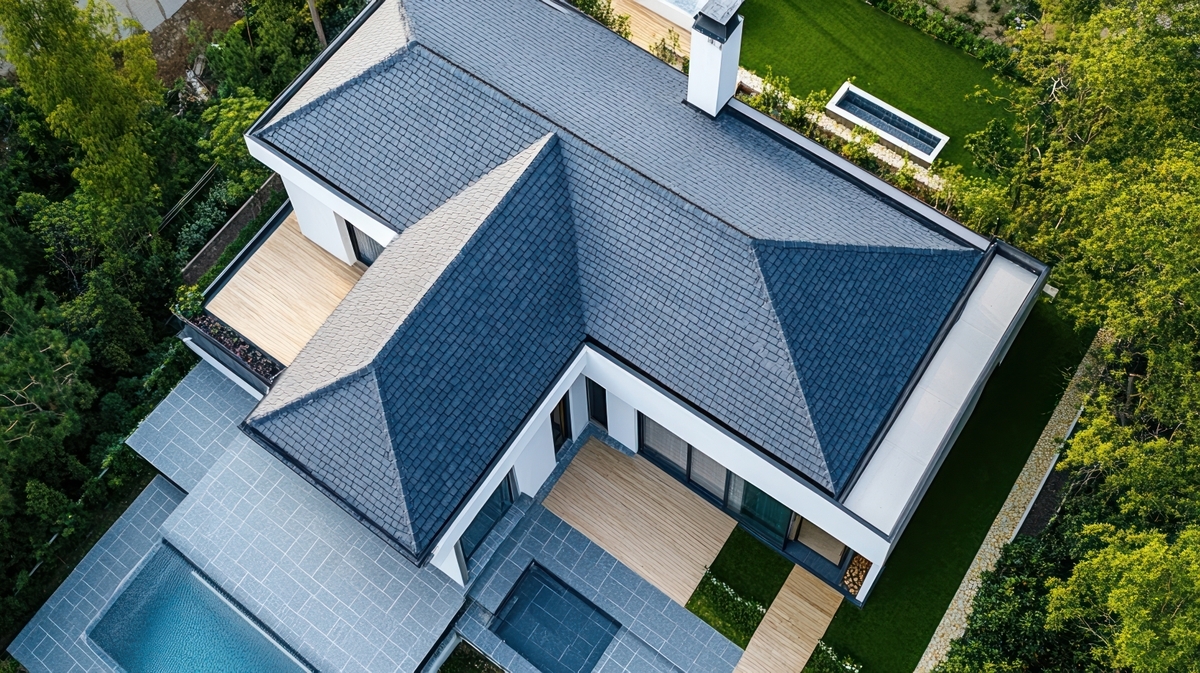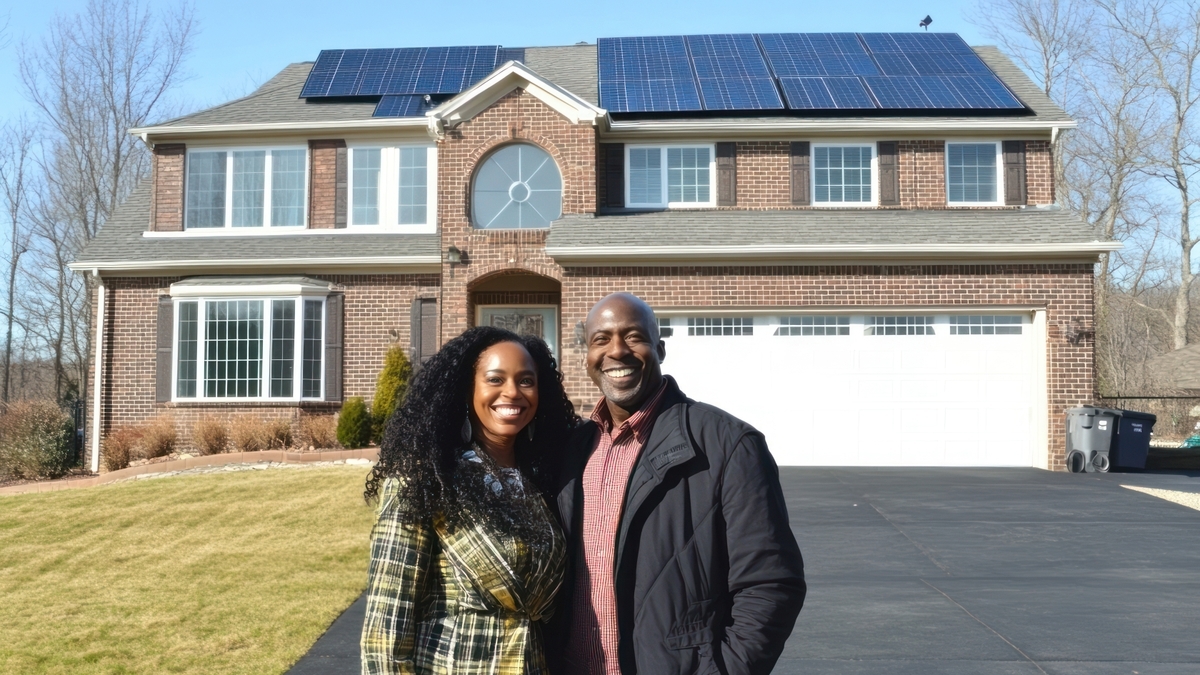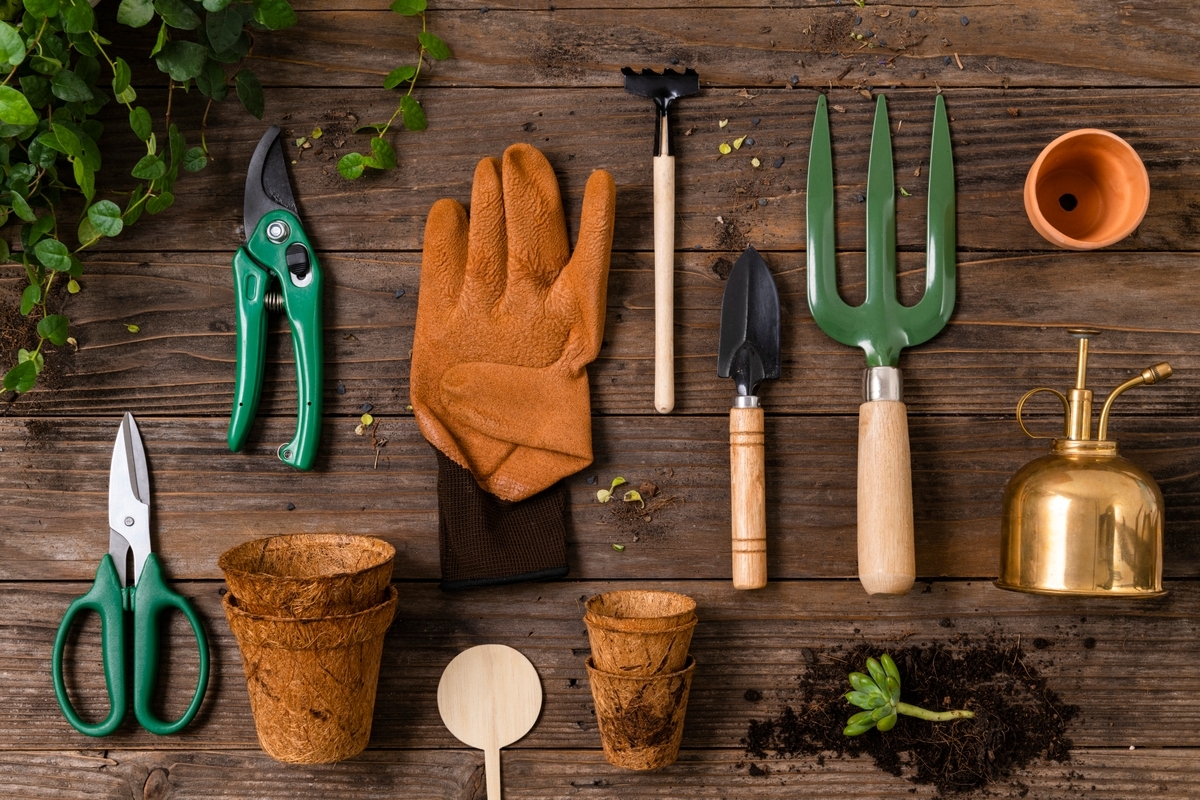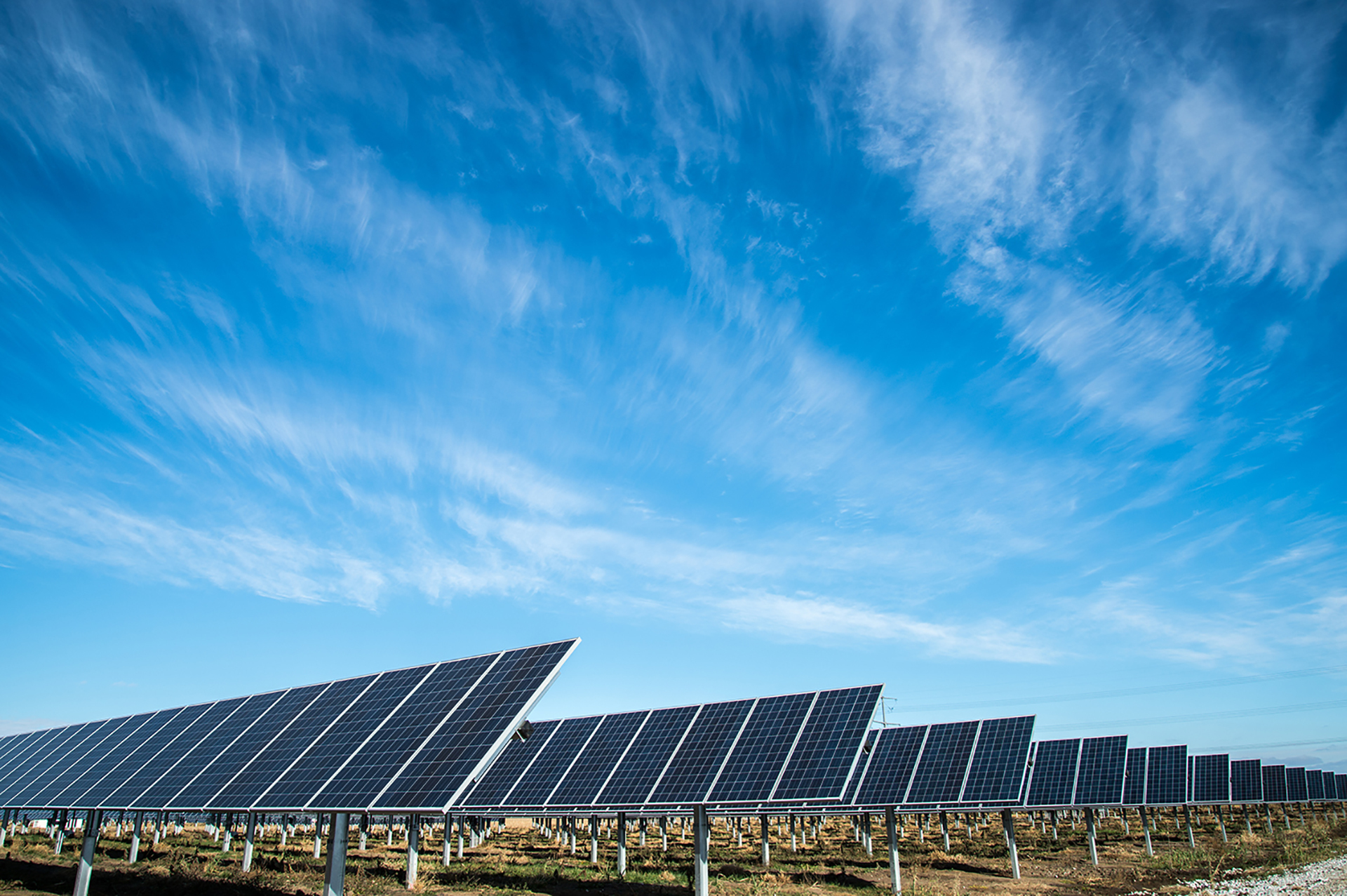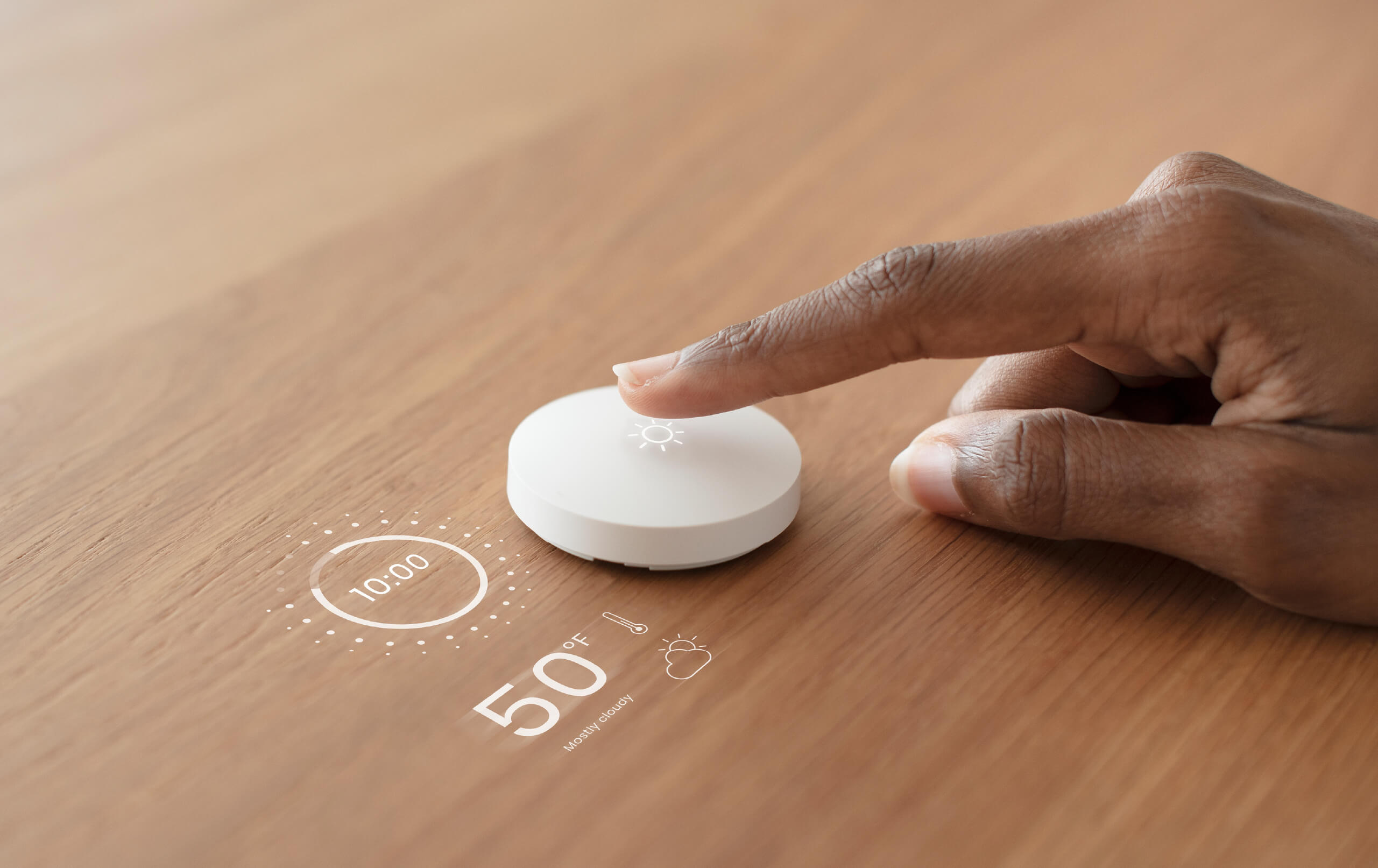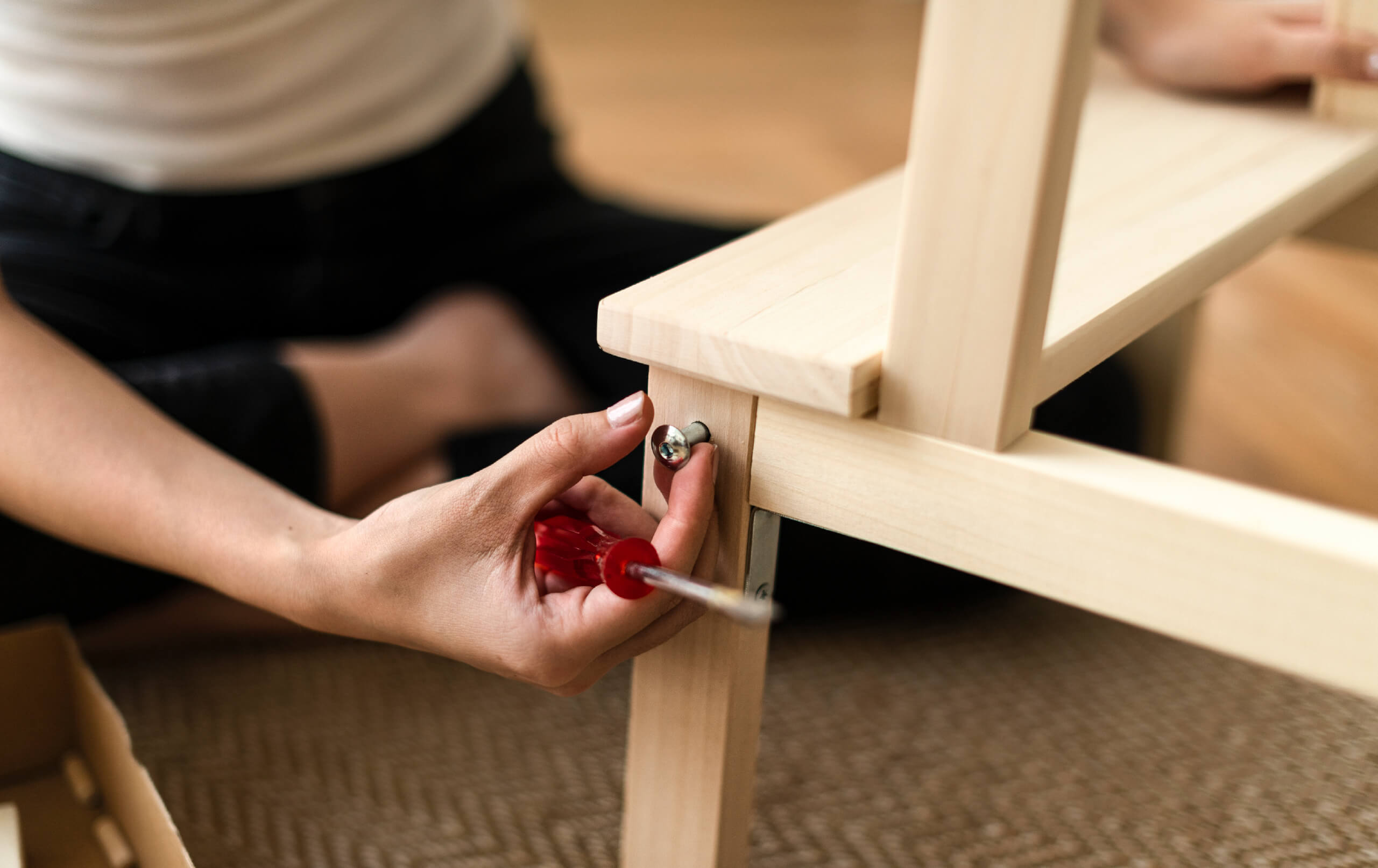Complete Lawn Fertilization Guide For New Gardeners
5 minute read
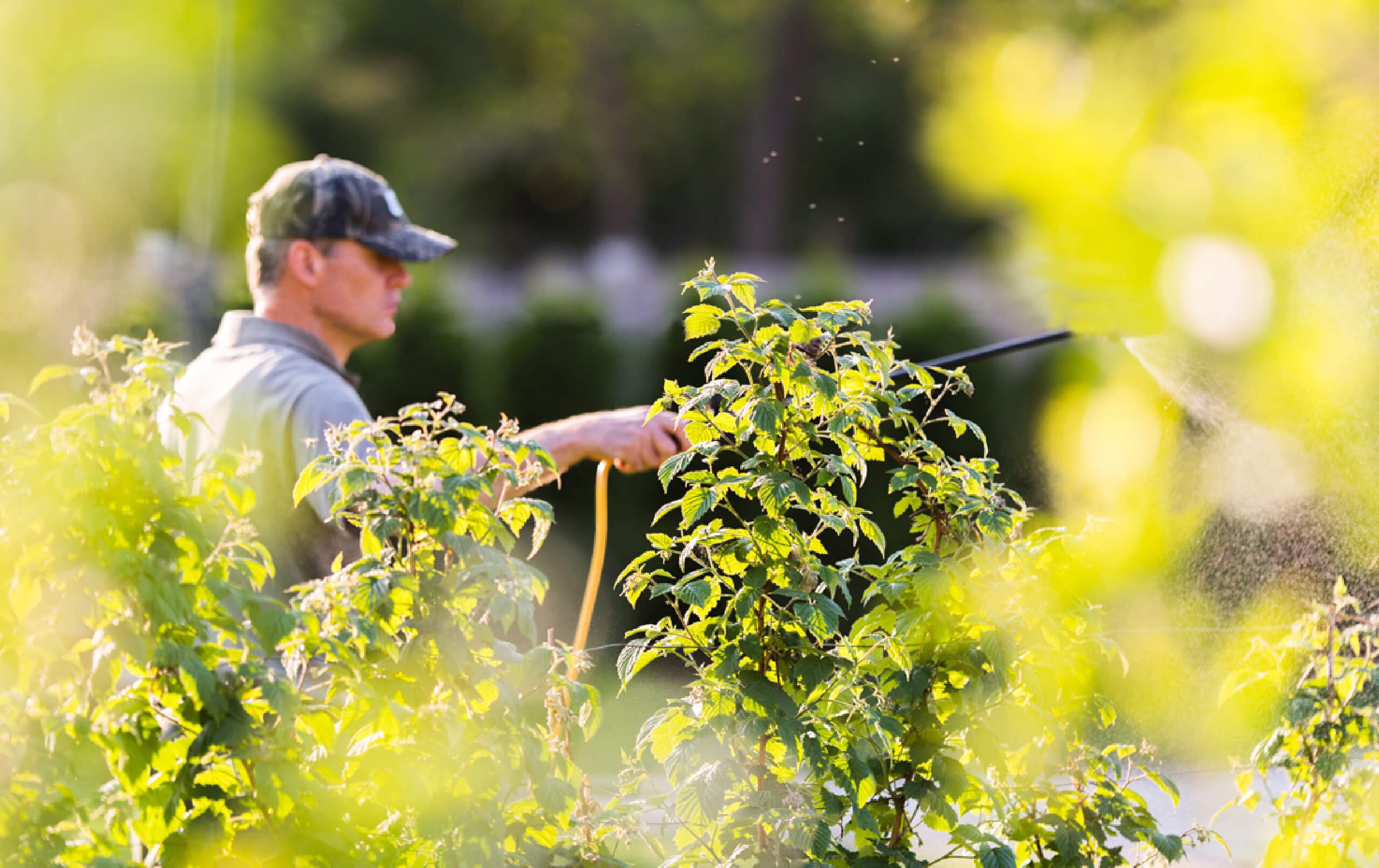
Lawn fertilization is the process of applying nutrients to a lawn to promote growth. The most common nutrients used are nitrogen, phosphorus, and potassium. Fertilization can be done using synthetic chemicals, organic materials, or a combination of both. In this lawn fertilization guide, we discuss how to fertilize lawn, what are the best lawn fertilizers and what is the right time to fertilize your lawn.
Synthetic fertilizers are generally more concentrated than organic fertilizers, so they can be applied in smaller amounts. However, they can also be more harmful to the environment if not used properly. Organic fertilizers are made from natural materials and are considered more environmentally friendly. However, they are not as concentrated as synthetic fertilizers, so they need to be applied in larger amounts.
Contents
- Eight Tips For a Healthy Summer Lawn – Summer Lawn Fertilization Guide
- Lawn Fertilization Guide – Top Considerations For Choosing the Right Fertilizer
- How to Apply Fertilizer – Lawn Fertilization Guide For Application
- How long after Fertilizing lawn is it safe for pets?
- Lawn fertilization guide – Watering tips
1. Eight Tips For a Healthy Summer Lawn – Summer Lawn Fertilization Guide
- Test your soil before you fertilize. A soil test will tell you what nutrients your lawn needs and how to adjust the pH level.
- Choose the right fertilizer. Look for a fertilizer that has a high percentage of nitrogen and phosphorus.
- Apply the fertilizer at the right time. The best time to fertilize your lawn is in the early spring or late fall.
- Use the right amount of fertilizer. Too much fertilizer can damage your lawn.
- Water your lawn before you fertilize. This will help the fertilizer to be absorbed into the soil.
- Apply the fertilizer in the right way. Use a broadcast spreader for best results.
- Don’t forget to fertilize your lawn again in the fall. This will help your lawn to stay green and healthy all summer long.
- Have patience. Your lawn may take a few weeks to show results after being fertilized.
2. Lawn Fertilization Guide – Top Considerations For Choosing the Right Fertilizer
Here are some important things to consider when buying a fertilizer for your lawn:
It’s all about the nitrogen
Nitrogen is one of the most important nutrients for lawns. It helps grasses grow strong and green and is essential for photosynthesis. Nitrogen is often lacking in lawns, so adding it through fertilization can make a big difference.
Nitrogen is also mobile in the soil, so grass roots can take it up even if it is not applied directly to them. This makes it an ideal nutrient for lawns, since it can help them recover from drought or other stressors.
Know your grass type and region
There are many different types of grass, and each type of grass grows best in different regions. Knowing which type of grass you have and which region it grows best in is important for lawn fertilization. Different types of fertilizer are better for different types of grass, and using the wrong fertilizer can actually damage your grass.
For example, using a fertilizer that is high in nitrogen on a type of grass that doesn’t need a lot of nitrogen can cause the grass to become weak and yellow. So, before you fertilize your lawn, be sure to do some research and find out which fertilizer is best for your particular type of grass and region.
3. How to Apply Fertilizer – Lawn Fertilization Guide For Application
Follow these steps for correct lawn fertilizer application:
Pick the right time
It is important to choose the right time to fertilize your lawn. If you fertilize your lawn too early in the season, the fertilizer will simply wash away with the first few rains. If you fertilize your lawn too late in the season, the fertilizer will not have time to work its magic and your lawn will not be as green and luscious as you would like.
The best time to fertilize your lawn is in the spring, just as the grass is starting to green up. This will give the fertilizer plenty of time to work its way into the soil and help your lawn to grow thick and green.
Calculate how much fertilizer to use
This will ensure that your lawn gets the nutrients it needs without being overloaded. To calculate the amount of fertilizer needed, first determine the size of your lawn. This can be done by measuring the length and width of the area. Once you have the dimensions of your lawn, multiply them together to get the square footage.
Next, you’ll need to determine the type of fertilizer you’ll be using. Different fertilizers have different nutrient concentrations. This information can be found on the fertilizer label. Once you know the nutrient concentration of the fertilizer, you can divide that number by 1000 to get the pounds of fertilizer needed per square foot.
For example, if you have a lawn that is 1000 square feet and you are using a fertilizer with a nutrient concentration of 10-10-10, you would need 1 pound of fertilizer for every square foot. This would mean that you would need to use 1000 pounds of fertilizer total.
Apply it evenly
For best results, apply fertilizer evenly during lawn fertilization. This means using the same amount of fertilizer over the entire lawn, and applying it in a consistent pattern. This will ensure that your lawn gets the nutrients it needs without being overloaded in one area.
Keep pets off treated areas
It’s important to keep pets off lawn areas that have been treated with fertilizer, because the chemicals in the fertilizer can be harmful to them. If your pet does come into contact with a fertilized area, be sure to wash their feet or body off thoroughly with soap and water.
4. How long after Fertilizing lawn is it safe for pets?
The length of time you need to wait depends on the type of fertilizer you have used. For example, if you have used a slow-release fertilizer, you will need to wait longer before your pets can play on the grass. If you have used a fast-release fertilizer, you can allow your pets to play on the grass sooner.
It is typically safe for pets to walk on a lawn that has been recently fertilized within 24-48 hours after application. If you have any concerns, it is best to wait until the fertilizer has completely dried before allowing your pet on the lawn.
When can dogs go on lawn after fertilizing
The time you will need to wait depends on the type of fertilizer you have used. If you have used a chemical fertilizer, you will need to wait until the fertilizer has been absorbed into the soil before allowing your dog onto the lawn. This can take anywhere from a few hours to a few days. If you have used an organic fertilizer, you can typically allow your dog onto the lawn immediately.
5. Lawn fertilization guide – Watering tips
After you have applied lawn fertilizer, it is important to water your lawn in order to help the fertilizer work its way into the soil. Here are some tips for watering your lawn after fertilization:
- Water early in the morning or later in the evening in order to avoid evaporation.
- Apply water slowly and evenly over the entire lawn.
- Check the weather forecast and avoid watering if rain is in the forecast.
- If you have an irrigation system, make sure to adjust it after fertilizing so that you don’t overwater your lawn.
Wrapping it up
Lawn fertilization should be carried out regularly in order to maintain a healthy lawn. There are a number of different products available on the market, and it is important to choose the right one for your lawn. The right fertilizer for your lawn will contain a mix of nutrients that will help to promote growth and green up your lawn according to your needs.




